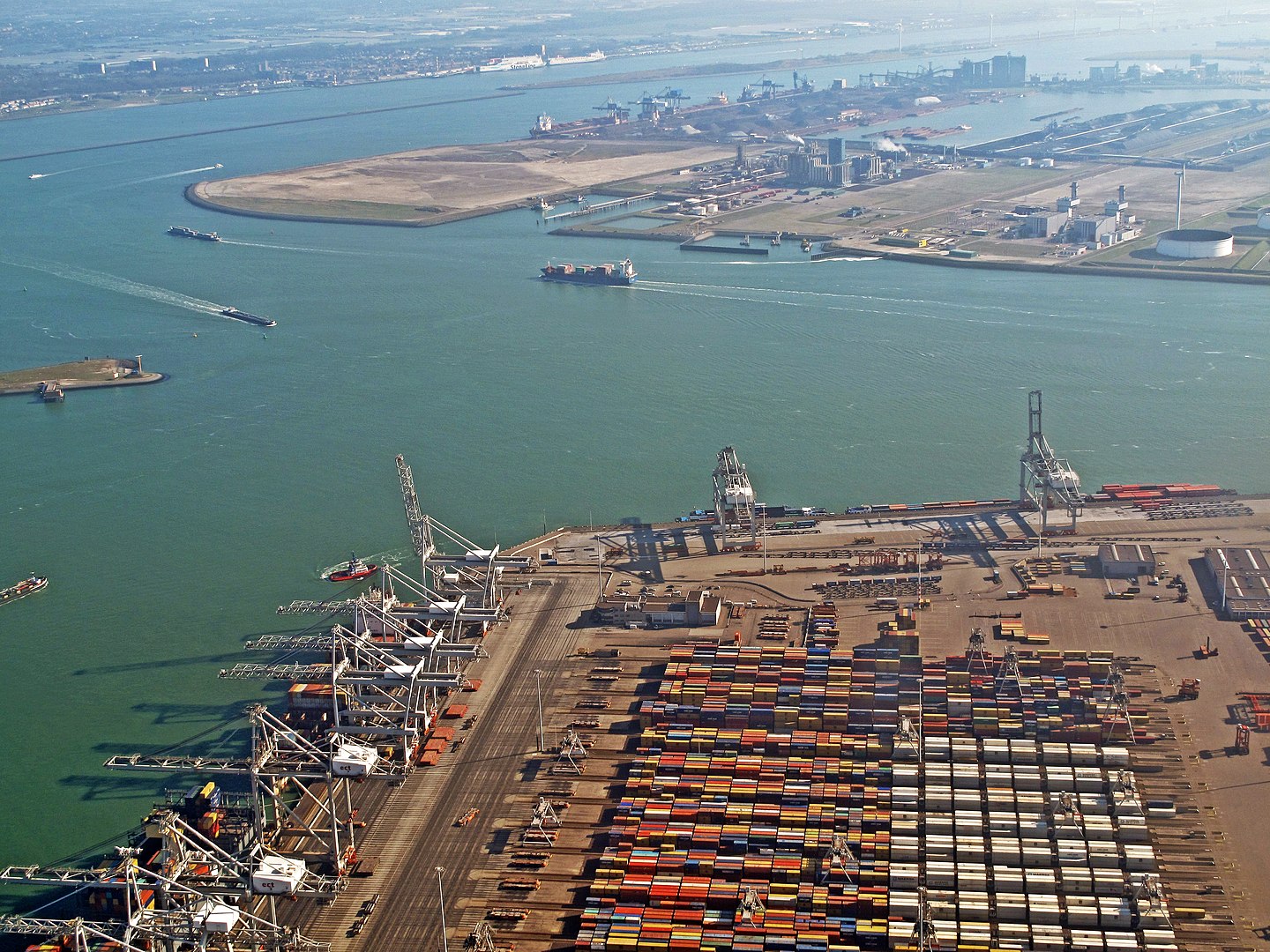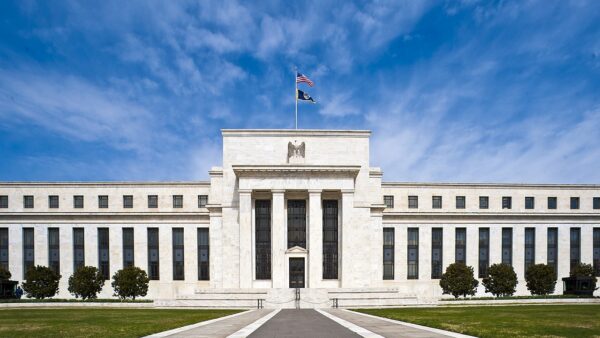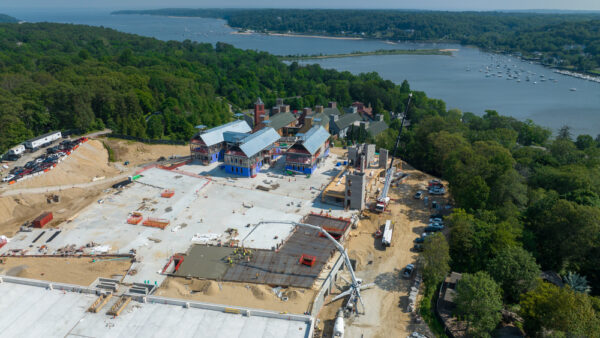
The Netherlands’ highest administrative court yesterday ruled that construction projects will in future have to take into account the amount of nitrogen they emit.
Until now, projects were exempt from the need to apply for a “nature permit” certifying that they would not lead to nitrogen pollution in a vulnerable nature reserve. The Council of State has now ruled that this is not tenable.
Ironically, the scheme considered in the ruling was the Porthos Project in Rotterdam, which was to have been part of the largest carbon capture and storage operation in Europe.
The idea was to collect up to 2 million tonnes of carbon dioxide produced by industry in the port and sequester it in former gas fields under the North Sea.
The main element of the scheme was a 30km collection pipeline running through the Rotterdam port area to a compressor station on the coast at Maasvlakte.
The scheme was awaiting a final investment decision and hoped to begin work next year, becoming operational before 2025.
Promoters said it would have lowered the Netherlands’ carbon emissions by 2%. Following the ruling, Porthos may have to be halted, because it does not meet European environmental guidelines.
Porthos posted a response to the ruling on its website, saying an opening had been offered by the Council of State in the form of an ecological assessment to determine the effects of nitrogen deposition.
It commented: “Porthos has already conducted this ecological test. This shows that the minor and one-off nitrogen deposition during the construction of Porthos will not have a significant impact on Natura 2000 sites.”
However, the effects will be felt throughout the Dutch construction industry. Climate Minister Rob Jetten said in a statement: “It now seems that this ruling will delay projects necessary for the energy transition by about six months to two years. That’s a bitter pill because many sustainable projects – after they have been built – actually reduce nitrogen emissions.”
The Dutch builders’ association described the ruling as “dramatic”. It said: “All projects that have not yet been licensed will have to reapply for an individual environmental permit. This will cause enormous delays, with harmful consequences for house seekers, the energy transition and the Dutch economy.”
Nitrogen pollution is a major problem in many areas around the world. It typically takes the form of fertiliser run-off from agricultural land, and can create low-oxygen “dead zones” that are susceptible to algae blooms. In the past these have devastated the Great Lakes in North America and formed a 16,300-sq-km dead zone in the Gulf of Mexico around the mouth of the Mississippi.
Further reading:
- Dam the North Sea: Dutch scientist proposes €750bn mega dams to protect Europe from floods
- Marine incursion: Study finds 0.5% of world’s ocean floors now affected by construction
- Innovative charging system allows electric ferries in the Netherlands
- New approach to planetary modelling sets out to nail sustainable development






